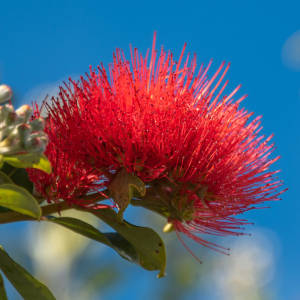Outlined in Magenta
It was been a cold damp day and the sun did show her warming face for a very shot time, which was lovely.
My friend phone with some good news she had. Finally she is getting a payout for the repair of her earthquake damaged house. She still hasn't had it finalised but it will underway. She is unsure of what she many do at this stage.
When the sun was warming things up a little I noticed how wonderful the Hydrangea was looking with the sun catching it. It is a different leaf from my last weeks blip. We are expecting frosts for the rest of the week so the leaves may have dropped off by then.
The name Hydrangea comes from the Greek word ‘Hydro’ which means water and ‘angeion’ which means cask or jug. This name refers to the spherical shape of the open flower head. The flower head inflorescence is corymb or panicle shaped.
White flowers can be seen on most species of hydrangeas; however, some species show blue, red, pink, or purple flowers. The color is dependent on the pH of the soil. If the soil is very acidic, the flowers will be blue. If the soil is alkaline, the flowers will be pink or purple. Neutral soils produce pale cream flowers.

Comments
Sign in or get an account to comment.


